A Driving Adventure to McCarthy and Kennicott, AK on the McCarthy Road
This trip begins on the Edgerton Highway, Alaska Route 10, is a 33 ½ mile paved stretch of road leading from the Richardson Highway to the small gold rush town of Chitina (pronounced ‘chitnuh’). It is a scenic stretch of road passing through the homesteading community of Kenny Lake, and past some stunning views of the Copper River and if the sky is clear, views of some of the peaks of the Wrangell Mountain range. At Chitina, begins the start of the McCarthy Road.
Kenny Lake is a farming community and one of the last places to be homesteaded in America. One of the unique farms along here is Alaska Yaks at Circle F Ranch, about 15 miles along the road from the junction. You can see a large herd of yaks from the roadside grazing in a beautiful pasture backed by snow-capped mountains. You can also drop in to check out their selection of meat, clothing, fibers, yarns and gifts or take a tour of the farm.
You will also pass by Liberty Falls, a small campground and day use area with a beautiful waterfall and river dropping through a narrow canyon.
Chitina is a historic railroad and supply town. The railroad ran from here out to McCarthy and the Kennicott Copper Mine and down to Cordova on the coast. There are still some very nice original buildings here including the restored Chitina Hotel and Restaurant.
On the other side of Chitina you get on the McCarthy Road, which follows the right-of-way of the old Copper River & Northwestern Railway 60 miles to the town of McCarthy then another 5 to Kennicott Mine. This railroad was started in 1907 to carry copper ore from the Kennicott Mines to Cordova. It took 4 years to complete and it ran until 1938 when the ore vein ran out and the Kennicott mine was shutdown.
Most of the road is gravel with about 14 miles chips-sealed. Many articles also offer dire warnings of rough conditions, and to watch for sharp rocks and old railway spikes which can cause flats. You will also see buried railway ties and stumps of old trestle remains poking through the road, and there is a very long 1 lane bridge and some narrow winding sections to be cautious on. We were prepared for the worse, but actually found the road to be mostly in very good condition. The speed limit is 35 mph and that is a good speed for the road. It took us about 3 hours with stops for photos etc. to complete the drive.
If you don’t want to drive the McCarthy road yourself, here’s an option: The Kennicott Shuttle
On your way out of Chitnia you will see a couple of colourful warning sign, nicely placed just before a single lane rock cut made to accommodate the old CR&NW railroad. One of them glaringly misspells McCarthy Road as “McCathy Road” the other offers a dire warning “TRAVEL BEYOND THIS POINT NOT RECOMMENDED”.
If you are not deterred by the warning signs, a mile later you will cross the 1378’ Copper River Bridge, a modern 2 lane concrete bridge built in 1971. Depending on the time of year, you will see large numbers of people fishing, dip-netting and operating rotating fish traps. During the salmon season, there are huge numbers of fisherman camped in tents and RV’s on the gravel flats on the east side of the river.
At mile 17 you come upon the Kuskulana Bridge. A 3 span steel truss bridge built for the railroad in 1910. It is 775’ long and 238’ above the river. Since it is a former railroad bridge it is only 1 lane wide.
The next point of interest is the Gilahina River Bridge, also one lane but a regular car bridge. However, towering above you to the north is the Gilahina Trestle. This structure was 880’ long and 90’ tall. What is remarkable is that it was built in the winter of 1911 in only 8 days! The structure is rather dilapidated now, but is still impressive to look at. There were 129 bridges, mostly trestles, built for the railroad. In fact 15% of the rail line was built on wooden trestles. The final trestle, crossing the very wide and fast moving Kennicott River near McCarthy, washed out and was rebuilt every year.
Other than lots of wild scenery, you won’t pass by a lot more features. There is the odd abandoned place like the Rock & Roll Campground and at Long Lake there are a few cottages including the Collins Estate built in 1961. A very nice property with 3 light planes on it, 2 on wheels and one on floats on the lake. Alaska has the highest ownership of private aircraft per capita in the world. There are small airstrips everywhere.
Around mile 44 you will find the only services offered between Chitnia and McCarthy, the Spawning Grounds Café & Gallery. It is run by a young couple and is a nice place to take a break.
Once you reach the Kennicott River, you have reached the end of the road as far as tourist traffic is concerned. You enter what is known as Base Camp, which consists of a visitor center, paid parking and a campground. Here you must leave your car and cross the river on a footbridge. This bridge was built in 1997 and before that you had to pull yourself across the river on an open-platform cable tram, the remains of which still can be seen.
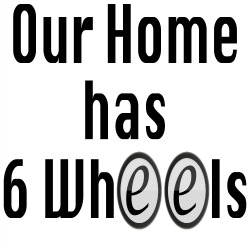



























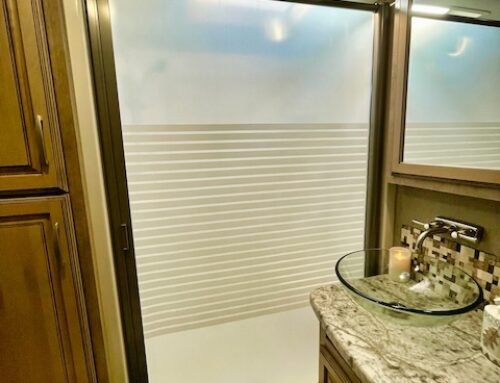
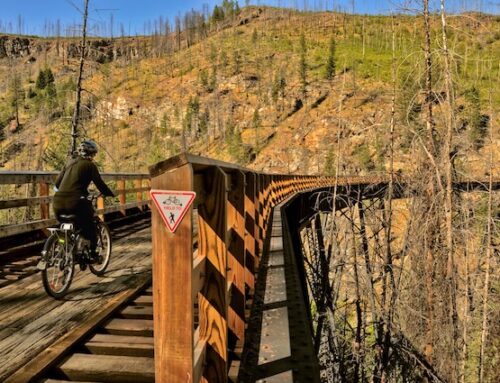
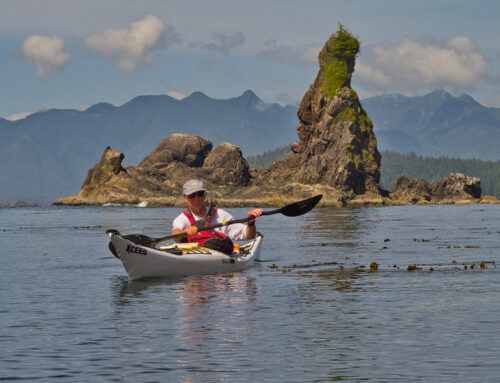
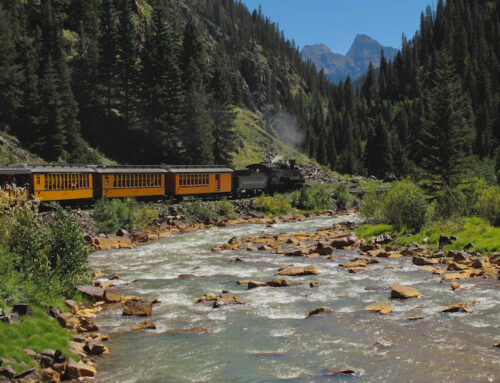
Army Major Glenn Edgerton of the Alaska Territorial Road Commission, the Edgerton Highway—known locally as the Edgerton Cutoff—provides access to homesteads in the Kenny Lake area and to the salmon dip-net fishery on the Copper River at Chitina.